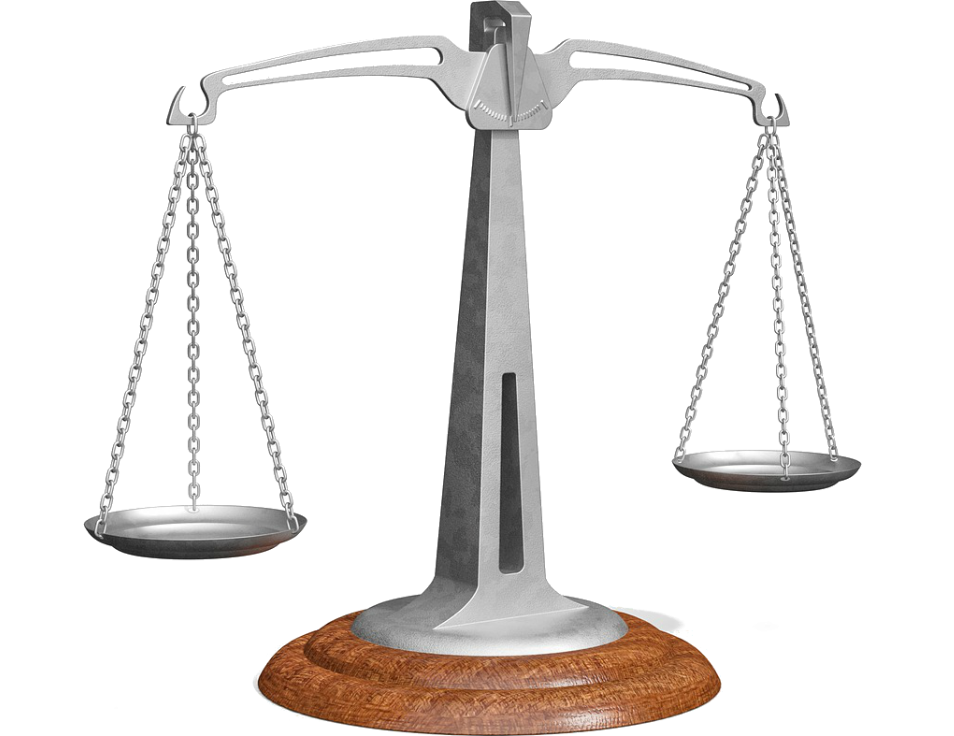Setting goals is one of the most important parts of your content marketing strategy, but what good is a goal if you cannot measure it? By constantly measuring, you are able to determine what is going well, where improvement is needed and which components may need to be phased out.

Set your KPIs and use the right tools
With such a wide choice of tools on the market, it’s possible to measure almost everything nowadays. It can be easy to get lost in this maze of tools, so it is important to determine your Key Performance Indicators (KPIs) and link them to your goals. What is your goal, how are you going to measure it and which tool(s) do you need in order to do so?
Brand awareness and thought leadership
Brand awareness, branding and thought leadership are commonly chosen goals, but they are also difficult to measure. Fortunately, nothing is impossible! Some options:
- Research your brand awareness
Ask existing customers and business relations how they first found you or select a random group and ask whether they know your company. - Direct traffic to your website
As your brand awareness grows, so too will direct traffic to your website. You can measure how many people have typed your website URL directly in the address bar of their browser or have even saved it as a bookmark! However, please note: forwarded links without tracking are also counted as ‘direct traffic’.

- Search volume and social mentions
How often are people searching for your company name in the search engines, and how often is your company mentioned on social media? - Website backlinks
Are others linking to your content?
Measuring customer engagement
The activity on your website is a good basis for measuring how involved your customers or web visitors are with your company.
- On-site goals
Do they finish reading your articles/watching your videos once they’ve started? - Time spent on site
How much time are visitors spending on your website? - Visit frequency
Do they visit your website on a daily, weekly or monthly basis?

Measuring brand loyalty
Loyalty is often measured on the basis of purchases or orders. Regular repeat business is certainly a sign of a loyal customer. But there’s more:
- Testimonials and reviews
Satisfied customers return more often and are more likely to write testimonials or reviews. - Net Promoter Score
Are you already familiar with the Net Promoter Score (NPS)? This tool is used to measure customer loyalty and satisfaction. The higher the score, the greater the chance that customers will recommend you to others.
Measuring traffic
When measuring traffic to your website, you can go as far as you want. At Geomares, for example, we measure web traffic by channel, device, geography and, of course, per article. But measuring traffic will only become valuable if you combine it with other goals so you get new insights, such as ‘Which channel are our visitors most involved with?’ and ‘In which country should we work on our brand awareness?’.

Measuring lead generation and lead conversion
Measuring your leads is quite simple; you can easily track the number of leads that your content generates in a CRM tool or a spreadsheet. A second way to measure leads is to analyse the conversion rate of your landing pages, which you can do by setting conversion goals within Google Analytics.
To measure your lead conversion rate, just divide the total number of leads by the number of leads that you have managed to convert into a customer. Do you have a webshop? Then you can also measure this via Google Analytics by tracking the final conversions.
Other goals
The above is only a brief selection of possible targets and measurable KPIs; much more is possible. Consider, for example, the use of heat maps, click patterns, bounce rates or the number of reactions. Again, first set your goals, then your KPIs and subsequently decide how you can measure them effectively.
Do you want to know more about content marketing? Ask your questions to one of our marketing advisors via the contact form or check our content marketing page.





